In today’s modern world, everyone is busy, waiting in long and slow-moving queues could be very frustrating for your customers. In such circumstances the customer flow management could also become very challenging. Businesses always seek ways to improve their internal business processes as well as customer experience. The customer experience is the most crucial factor in a business’s success. Now a days an average customer is very tech savvy comparing to around a decade back, this led to rapid adoption of digital experience and the rise of self-service solutions. The self-service interactive kiosks are a great tool to effectively manage the higher influx while delivering a great digital experience.
The payment kiosks are also a type of self-service kiosk which are majorly used to enhance customer’s transactional experience. The interactive self-service payment kiosk is a computer terminal with specialized components and features which facilitate and improve transactional interactions. These kiosks run on a software application and are proven to be very effective in queue management system. These cutting edge kiosk machines are revolutionizing the way businesses are used to of conducting transactions and managing customer flow. In this blog we will discuss how a business can leverage payment kiosks for effective queue management and optimum operational efficiency.
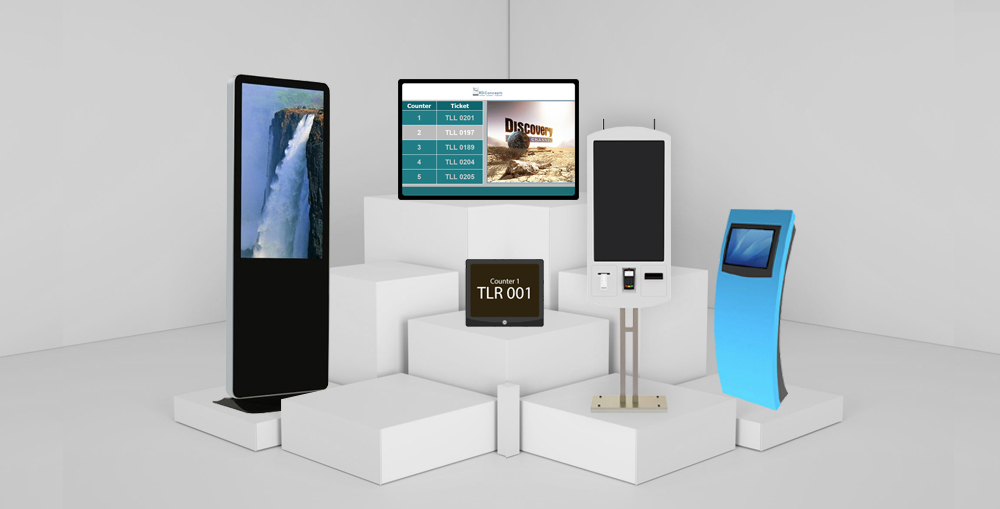
Payment Kiosk and Queue Management
An interactive self-service payment kiosk is essentially a computer terminal with special components added to facilitate the payment process. Usually a regular payment kiosk has cash deposit feature and it also accept credit/debit cards, however, coin acceptance, change return, digital payment, contactless payments, and payment via online gateway are also widely used in UAE. The payment kiosk offers a personalized and completely independent user experience. The self-service experience not only offer convenience to customers but also expedite the internal processes resulting in quicker service delivery time which enhances customer experience.
See Also: What is a Bill Payment Kiosk: Everything You Need to Know
The queue management is a very sensitive subject for customer facing environments. Having customer wait for longer period of time could seriously harm their experience. There are two ways to integrate a self-service payment kiosk with a queue management system. Either you offer your customer a full service through the payment kiosk or you can offer them to sign-up for the queue and make a payment before arriving to service counter. In both cases the service time and quality is improved. Furthermore the payment kiosks are also a great tool to transform the customer service center. Due to flexibility and ability to customize the payment kiosk are equally effective in a wider spectrum of the industries.

Payment Kiosk Help Reducing the Customer Wait Time
Different industries have different needs, the interactive self-service payment kiosks can cater to a wider range of needs with their cutting-edge technological frameworks and customized features. Whether you deploy a payment kiosk in existing service centers or at remote locations, the payment kiosks tend to reduce the customer wait time. The customers are free to perform the tasks independently, the staff assistance is not required. Furthermore the customers can choose the language of their choice which where add value to customer experience also help expediting the service delivery. Businesses can redistribute the staff further improving the overall operational efficiency and minimizing the wait time.
See Also: Introduction to Digital Signage Kiosk and Smart Kiosk
The payment kiosk can also offer integrated queue management features such as allowing customers to sign-up for the virtual queues through the kiosk while taking payment to minimize the service delivery tasks. The digitalization and software integration also help improving internal business processes effectively reducing the customer wait time. The service agent dashboard are also integrated with the payment kiosk and queue management system which help service agents swiftly retrieve the customer data and information resulting in quicker service delivery and a happy customer experience.

Payment Kiosk Elevate Customer Experience
The payment is a crucial part of the service for that businesses either have separate counters or they collect payment separately via banks, this could be very time taking and could have various complications, however, with the payment kiosks the customers can make payment seamlessly, furthermore some businesses can also transform their services into self-service which can also be done through the same payment kiosk making the process quicker and less complicated. The intuitive multi-lingual UI (user interface) with on-screen instructions and guidance can greatly enhance customer experience.
See Also: What is Queue Management? Beginner’s Guide to Queuing Systems
The customers can not only make payments through payment kiosk but they can also perform several tasks such as updating their information, profile, or managing their subscriptions. Customers can conveniently pay bills, print slips and tickets or even they can scan and upload documents if needed. Furthermore the payment kiosk offer full freedom and control, empowering the customers. The customer service centers, offices and help centers operate within working hours, however, the payment kiosk can operate 24/7 giving more freedom to the customers.
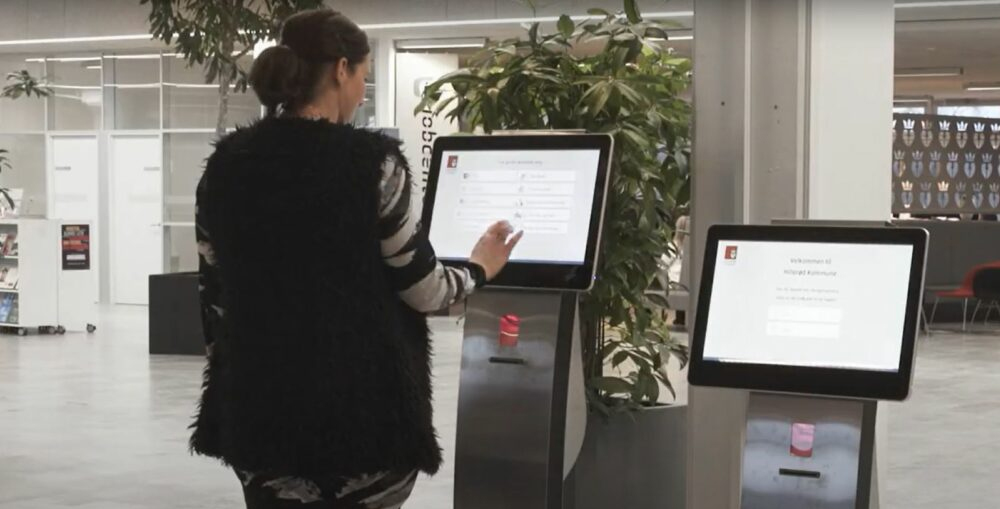
Payment Kiosk Collect Valuable Business Intelligence Data
For any modern day business the business intelligence data is crucial. It help businesses understand customer behavior and gives them a deeper understanding of the customer mind. The data is crucial for strategic decisions and also help businesses improve their long-term policies and goals. The payment kiosk comes with a management software application. This application is hosted on a server and it is often called payment kiosk machine server or payment kiosk machine management software. This software comes with advanced algorithms and smart technology which is capable of collecting statistical and analytical data from each and every touch point giving an unparalleled insight to customer interaction.
See Also: The Concept of Queue Management and Crowd Control
Businesses can utilize the in-built analytical tools and customized reporting to further refine the data and make it usable for decision making. The business intelligence data help businesses understand customer’s demands, expectations, pain points, market trends and it also help them gauge the efficiency of various processes. This insight coupled with direct customer feedback data could be a game changer for businesses. Businesses can greatly elevate customer experience and make their processes more efficient by making informed decisions.

Payment Kiosk Offers Advanced Security
The payment kiosks are designed to adhere the highest standards of the safety and security, both digital and physical. If a self-service payment kiosk is deployed in an existing service center or any other indoor environment then the physical security is optimum, however, if these kiosks are deployed in remote locations or outdoors then the maximum physical security is required. As per the local regulations and industry standards a payment kiosk whether deployed indoor or outdoor must have certain security features such as anti-theft, anti-vandalism and protective frame/body. As for as the digital security is concerned these kiosks comes with advanced data encryption technology to prevent any data breach.
See Also: What is CXM (Customer Experience Management)?
The self-service payment kiosks are built on advanced technologies, equipping it with data encryption, secure connection, and various protective measures against malicious actor or internet exploitation. The customer data is always authenticated and verified before letting them access the system. Furthermore Emirates ID scanner, Facial Recognition and CCTV Security systems are added to ensure highest levels of security and protection. This not only make the system secure but also help gaining customer trust. Any breach in security could lead to catastrophic impact on brand’s reputation that is why advanced security and protective measures are absolutely essential.
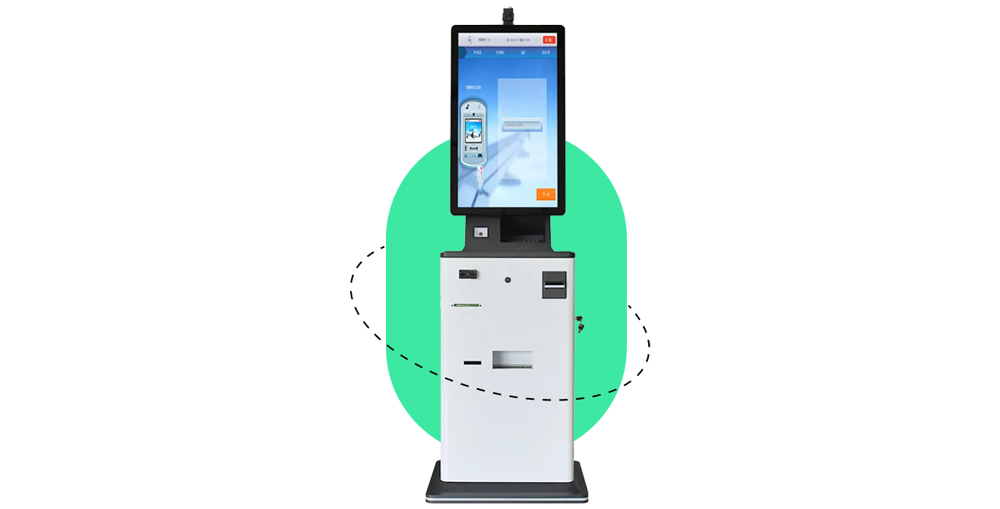
Payment Kiosk Offer Higher ROI
The self-service payment kiosks are easy to deploy and can easily integrate with the existing IT infrastructure. The initial cost could be high, but an ordinary payment kiosk can last for many years without requiring major maintenance or replacement of the parts, which make them very cost-effective. These kiosk machines are very reliable, they can work 24/7 without requiring much maintenance, only regular service and preventive maintenance is enough to ensure long term operation. Furthermore the self-service payment kiosks comes with highly advanced software, which can be upgraded and updated easily with very little cost, making them workable for another few years.
See Also: Improve Customer Journey with Queue Management System Business Intelligence
The less operational cost and ability to last long for many years make them highly cost-effective. A payment kiosk can help businesses reduce the amount of workforce required to operate their service center hence enabling them to redistribute the employees for better human resource management which also saves a lot of cost. Opening up new branches or regional offices is a very expensive process however, installing a self-service payment kiosk instead would cost you a fraction of that. All these traits makes them very cost-effective and enable payment kiosks to offer higher ROI in long-term.
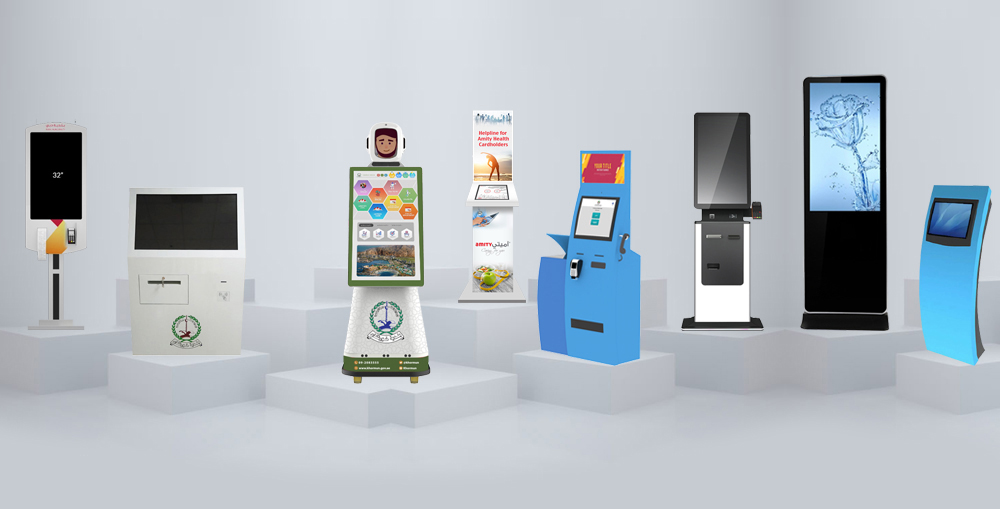
Payment Kiosks are Easy to Integrate and Scale
Whenever a business is aiming to deploy a new IT solution the first thing that they should consider is its ability to integrate it with existing IT infrastructure and third-party system. Furthermore the scalability and upgradable structure ensures longevity and effectiveness of the system. The payment kiosks are built on commonly available technologies and software frameworks. This makes them ideal for integration and scalability. A payment kiosk usually have to be able to integrate with customer database, internal payment or accounts system, and central information center of the organization. This integration is usually done through secure APIs, which is the ideal way to let two software solutions interact with each other. Thi ability also help businesses incorporate innovative and creative features to enhance user experience.
As businesses grow their needs grow, as the market trend changes businesses require more features and this gives businesses a competitive advantage too. An interactive self-service payment kiosk offers easy upgrade even if you want to add more hardware features that can also be done. The UI of the kiosk can be customized easily, more features can be added with software customization and integration with other business tools and third-party software enable businesses to create more features within the system. This enable the payment kiosk to evolve alongside with emerging business needs and this ability keeps them relevant for many years adding value to their operational life which is a key to higher ROIs.
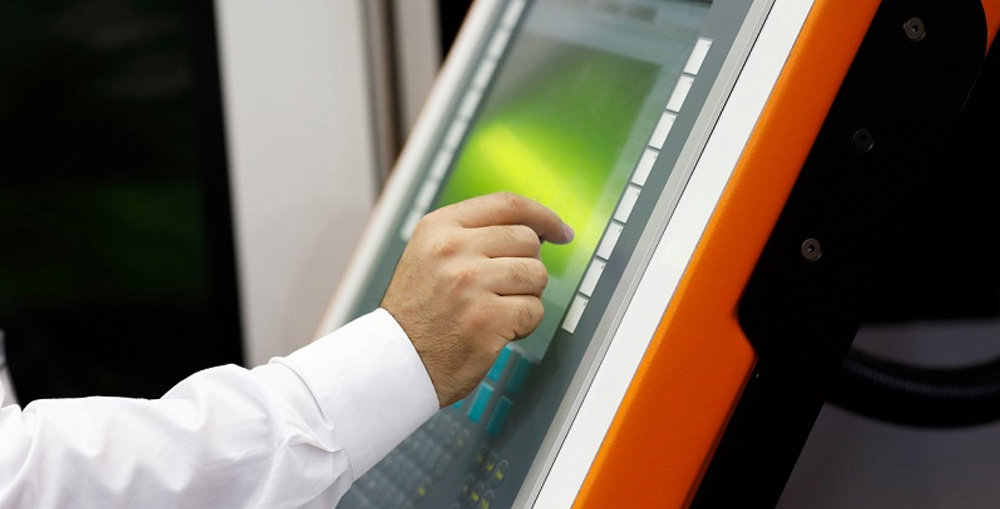
Conclusion
In today’s modern world where the customer satisfaction is a key to success and the importance of customer experience is paramount. Businesses find themselves often in very challenging situation managing their customer service centers. One of the biggest challenge is to streamline the customer flow while keeping the wait time at minimum. Because the customer wait time is one of the most crucial factor that can completely ruin customer experience. The queue management systems are often used to streamline customer flow, however, where businesses also require payment collection they traditional queue management system lags behind, the service delivery time is usually higher at the cash counters. Furthermore there are several unexpected scenarios which could hinder the customer flow and require immediate response from the management.
An interactive self-service payment kiosk is the ideal solution to deal with such situations, as it offers fully integrated queue management system which not only streamline customer flow but also offer them a self-service channel to improve their transactional experience. By offering independent self-service experience the payment kiosks not only empower customer but also help reducing the customer wait time. When the payment kiosks are deployed the workload of the staff is reduced too, enabling businesses to reallocate staff for better human resource management. The advanced data collection tools help businesses collecting valuable insights and business intelligence data which is vital for informed decisions.
The payment kiosks are also very flexible and can evolve alongside the emerging business needs which keeps them relevant for many years. Longer operational life, low maintenance requirements, and flexible scalability results in higher ROI. In this blog we have discussed how businesses can leverage the interactive self-service payment kiosk to elevate their queue management system. If you want to learn more or if you want us to develop a bespoke payment kiosk solution for your organization, please feel free to contact us through our Contact Us page or leave a comment in the comment box below and we will get in touch with you soon.








































































